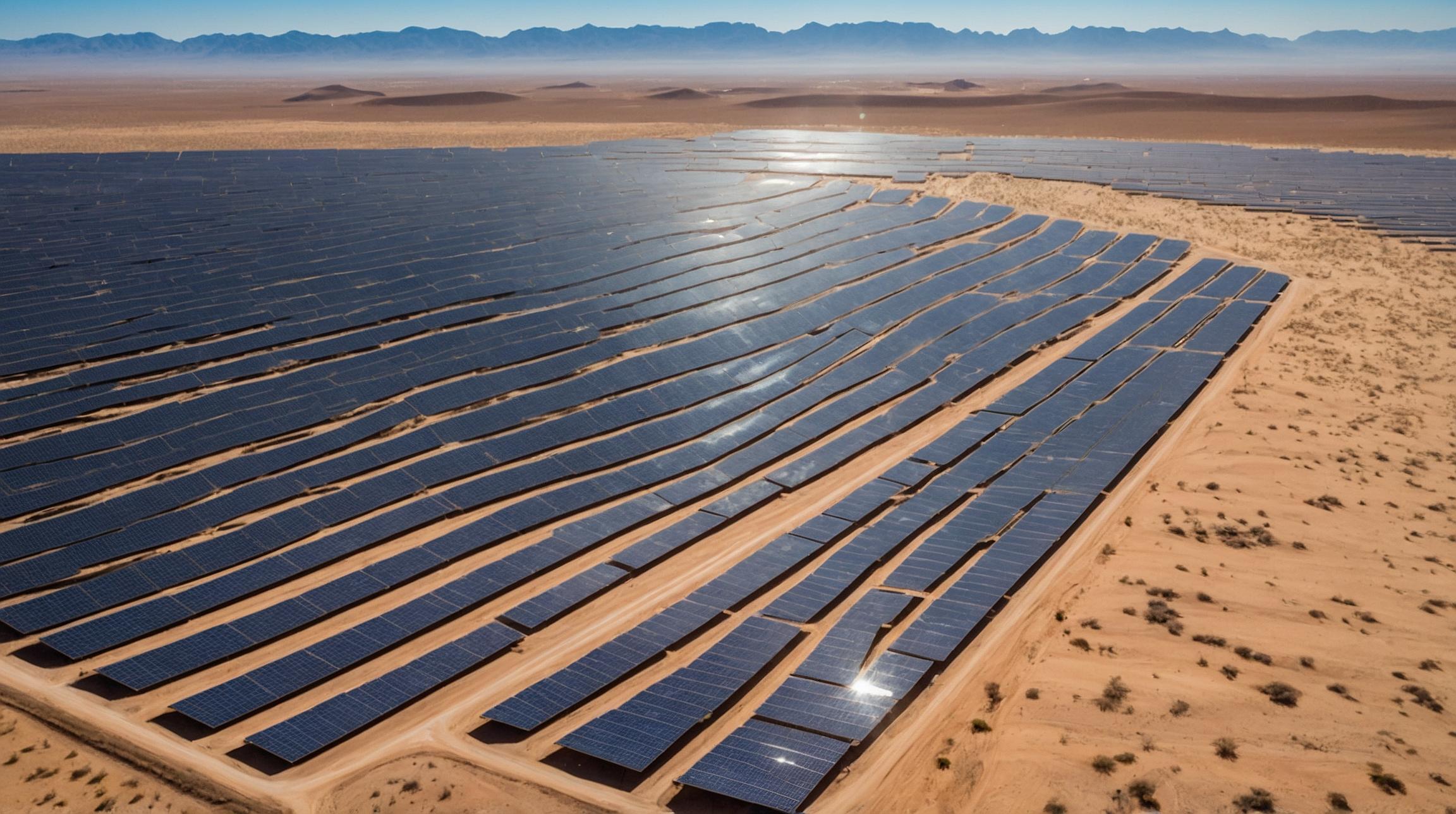NamPower's Strategic Move Toward Renewable Energy
NamPower, Namibia's national utility company, is making significant strides in the renewable energy sector with its latest solar PV project near Rosh Pinah. Initially planned for 70MW, the project has now expanded to 100MW, thanks to a substantial financing deal.
Financing and Investment Details
The project is primarily financed through a NAD1.3 billion (US$72.8 million) loan agreement with the German development bank, KfW. This loan will cover 80% of the project's cost, while NamPower will fund the remaining 20% from its own resources. The expansion to 100MW marks a significant milestone, making it the largest PV power plant in Namibia.
Ideal Location for Solar Power
Located near the southern town of Rosh Pinah, the project site offers "excellent" conditions for solar generation. Its proximity to Namibia's main power network reduces the need for additional infrastructure investment, ensuring efficient connectivity to the national grid.
Partnership with Chinese EPC Contractors
NamPower has appointed two Chinese firms, China Jiangxi International and Chint New Energy Development, as the engineering, procurement, and construction (EPC) contractors. The joint venture will execute the project under a NAD1.4 million contract, with an expected completion time of around 18 months.
Impact on Namibia's Energy Sector
Namibia currently depends heavily on electricity imports from South Africa and Botswana. The Rosh Pinah project aims to stabilize electricity tariffs in the country, benefiting consumers by managing future increases in electricity bills. "This investment will contribute to managing and regulating future increases in electricity tariffs," stated NamPower's managing director, Kahenge Haulofu.
Expected Benefits and Future Prospects
The solar project is not only a step towards economic growth but also enhances environmental sustainability. It is expected to be operational by the second quarter of 2026. NamPower has a history of investing in solar energy, with previous projects like the 45.45MW installation in the Hardap region.
This development highlights Namibia's commitment to renewable energy and its potential to reduce dependency on imported electricity, fostering a more sustainable energy sector for the future.













